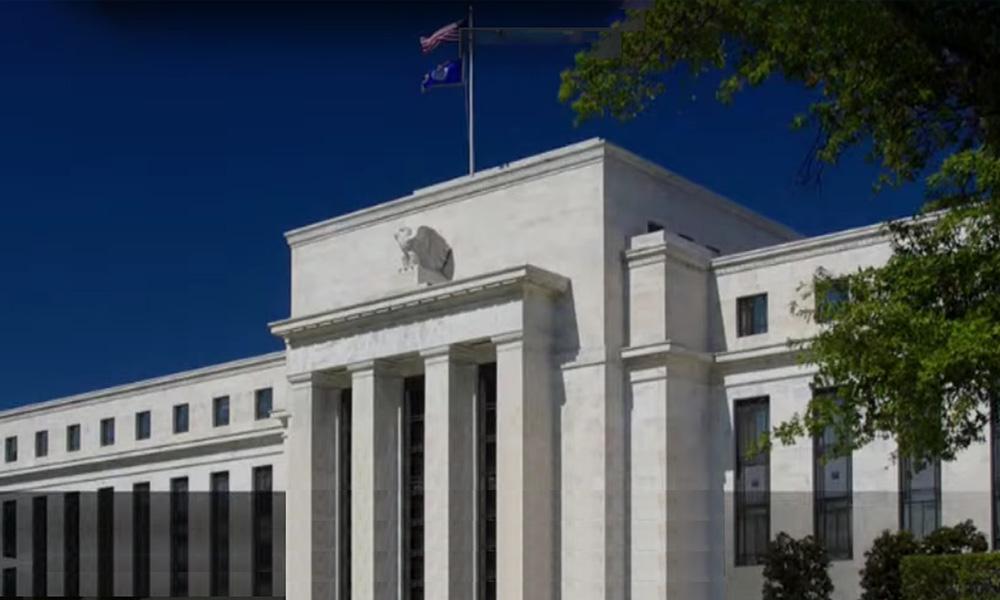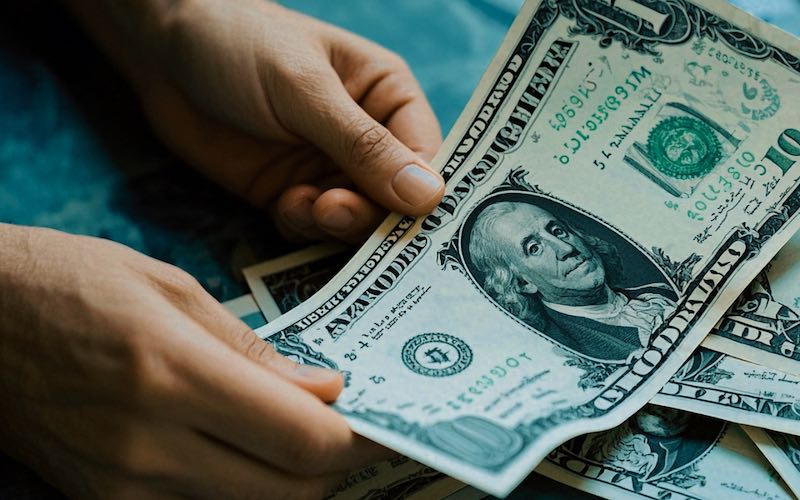Beige Book Alarm Sounds! The US Economy is Cooling Down, and Interest Rate Cuts Are Ready
2025-10-16 11:58:35

Fed confirms little sign of improvement in U.S. economy
While the US government shutdown has not directly impacted the Federal Reserve's operations, the newly released Beige Book report suggests weakening US economic momentum. This survey-based economic report notes a slight loss of momentum in economic activity over the past eight weeks, confirming Fed Chairman Jerome Powell's Tuesday observation that economic conditions have not improved since the quarter-point rate cut on September 17.
Compared with the August report showing that four of the 12 jurisdictions achieved moderate growth and the remaining eight showed almost no change , this report said that overall economic activity changed very little - only three of the 12 jurisdictions achieved slight to moderate growth, five remained unchanged, and four showed a slight contraction.
Regarding the job market, this report clearly points to weak labor demand across jurisdictions and industries . This compares to the August report, which showed flat employment levels in 11 of the 12 jurisdictions. More notably, in most jurisdictions, more employers are reducing their workforce through layoffs and natural attrition. Respondents attributed this to weak demand, increased economic uncertainty, and, in some cases, increased investment in artificial intelligence technologies .
On the price front, the August Beige Book showed moderate to moderate price increases in all 12 districts, but in two districts, selling price increases fell short of input cost growth, suggesting a squeeze on corporate profits. Today's report further confirms that corporate profits are facing cost pressures—several districts noted that input cost growth continues to outpace selling prices, with tariffs, insurance, healthcare, and technology costs widely cited as the primary sources of pressure.
Two interest rate cuts this year are a foregone conclusion, and the market expects two more cuts in 2026.
On Tuesday, Federal Reserve Chairman Jerome Powell acknowledged a sharp slowdown in job growth, while on Wednesday, Federal Reserve official Stephen Milan emphasized the urgent need for the Fed to return interest rates to neutral levels as soon as possible. These statements confirm the Fed's policy path of 25 basis point rate cuts at both its October and December meetings, even in the absence of key data. Market pricing has already priced in these two rate cuts, with the possibility of a further 75 basis point cut in 2026.
The market fully agrees on the expectation of two more rate cuts in 2025, but economists are divided on the outlook for a rate cut in 2026. The optimistic scenario assumes that looser financial conditions (lower federal funds rate, lower Treasury yields, and a weaker dollar) combined with increased clarity in the trade situation will stabilize market sentiment and encourage businesses to restart investment and hiring. In this scenario, the Fed may only cut interest rates once, as currently forecast.
The pessimistic scenario envisions a deepening negative economic impact from tariffs, ultimately squeezing consumer spending and corporate profits. This would lead to a sustained weakening of job market momentum and an absolute decline, while a deepening housing market slowdown and price correction would amplify downside risks. In this environment, the Federal Reserve would continue cutting interest rates by early 2026, shifting policy into stimulus mode. The current baseline forecast falls somewhere between these two scenarios—ING forecasts two more rate cuts in 2026, bringing the federal funds rate target range to 3%-3.25%.
The "seesaw effect" between the US dollar and gold will be very obvious in this context
Under the double blow of the Fed's confirmation of a rate cut cycle and weak economic data, the dollar's downward channel has opened . Any rebound may be seen as a short-selling opportunity.
Gold is an interest-free asset; the primary opportunity cost of holding it is the interest rate on US dollar assets. The Federal Reserve's clear path of interest rate cuts means the opportunity cost of holding gold will systematically decline, significantly enhancing its appeal relative to interest-bearing assets like US Treasuries.
Under the combined influence of three core driving forces: expectations of interest rate cuts, a weakening US dollar, and safe-haven demand, the logic for gold's rise is very solid, and the market is expected to continue to hit new highs in the future.
Spot gold has risen strongly recently. During the Asian session on Thursday (October 16), spot gold fluctuated upward and once broke through the $4,240/ounce mark. As of 11:58, it hit a new historical high of $4,241.93/ounce, an increase of about 0.8%.
At 11:58 Beijing time, spot gold was trading at $4,235.29 per ounce.
- Risk Warning and Disclaimer
- The market involves risk, and trading may not be suitable for all investors. This article is for reference only and does not constitute personal investment advice, nor does it take into account certain users’ specific investment objectives, financial situation, or other needs. Any investment decisions made based on this information are at your own risk.





















